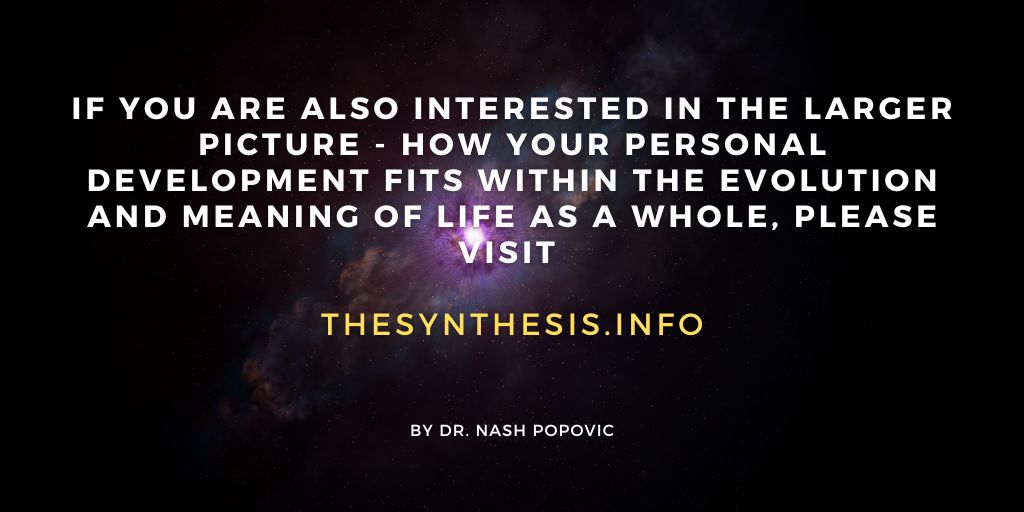55. Relating to Others
Remember, no one can make you feel inferior without your consent.
Eleanor Roosevelt (American politician and activist)
In this area we will consider respect and acceptance, as well as comparing ourselves with others, which is implicated in symmetrical and asymmetrical ways of relating to others.
Respect
Respect simply means treating people as subjects, not objects. This implies respecting their existence as well as their agency (freedom to make choices). We sometimes treat people as objects in order to fulfil our desires or gain a sense of control. This, however, leads to disconnectedness that induces a sense of isolation, even when with others. As already discussed in relation to self-respect, respect doesn’t need to be earned as it is derived from our intrinsic value of being human. So, there is no excuse to treat anybody disrespectfully (even prisoners are supposed to be treated with some respect). Besides, we are more likely to be treated with respect if we treat others with respect.
Acceptance
Acceptance and tolerance are sometimes used interchangeably, but they are not the same. Tolerance implies putting up with others, suggesting that they are an inconvenience to be endured. True acceptance is more than that: it primarily means accepting that people can be different. It also involves an attempt to understand others, rather than honing in on their perceived faults. Even if they have some shortcomings you don’t have to be troubled by them. This is not to say that we should put up with everything. Bringing up what bothers you is easier though if the other is first accepted as a person; in fact, accepting others as they are and trying to understand their motives can be the first step in eliciting a positive change. In addition, acceptance can be enriching as it involves opening up to something different, and it makes being accepted more likely (while rejection, of course, has the opposite effect).
Why accepting others may not always be easy
There are a number of reasons for this:
- Insecurity: differences make some people apprehensive and insecure. This has roots in our ancestral past, but nowadays our fear of difference is usually unjustified: in fact, a difference can be enriching and the familiar may be a bigger threat (some conmen specialise in taking advantage of their compatriots abroad who would rather trust them than ‘foreigners’).
- Projections: we may be sensitive to some aspects of others because it is too close to home. In other words, an inner conflict is projected outside (e.g. you don’t accept somebody’s sexual orientation because you are struggling with your own).
- Generalising: making individual assessments requires effort, time and intelligence, so we easily end up generalising: we reject a whole community or group on the basis of limited experience with one or a few individuals; or we prejudge individuals on the basis of their nationality, culture, religion, or the way they dress, talk or look. This undermines personal differences and is often misleading and unfair.
On the way to acceptance: choose an individual (or a group) that you find difficult to accept. Try first to find out why (e.g. he doesn’t smell nice) and then imagine that this thing (the unpleasant smell) is gone. Can you now accept that person? If you still can’t, perhaps it is you – not accepting somebody for no reason cannot be justified. Do you feel threatened? Do you project something onto the other(s)? Are you generalising? Once you are able to accept the person, you can turn to the offending thing itself (the smell): why does it concern you? Can he do anything about it? Can you do anything about it (e.g. talk to him, change your view, understand)? Understanding makes acceptance easier, so don’t assume, ask and explore (e.g. somebody may smell bad because of a health condition rather than negligence).
Comparing
We often compare ourselves with others but this overlooks the fact that people (as other objects) actually cannot be compared; it is only possible to compare their characteristics. So, saying ‘he is better’, or ‘she is superior’ is a misnomer. Such statements are just groundless generalisations. Comparing one or a few characteristics and then generalising from them is simple, but it doesn’t do justice to the complexity of human beings and human life. One can play or look better or have more money, but it does not mean that she is a better or superior person (e.g. one who plays better may not cook better). Not even all characteristics can be compared, but only those that can be measured using the same yardstick.
So, if you compare some aspects of yourself to others bear in mind that nobody is a better or worse person and that everybody is, in fact, a unique and essentially incomparable individual. Personal (a)symmetry That we are not comparable as people is the basis of personal symmetry or equality. It does not mean that we are all the same or equally good in everything.
Equality allows for differences; it only implies that personal asymmetry, manifesting as inferiority and superiority, is inadequate. They may be goaded by circumstances or others, but where you stand in this respect ultimately depends on you and your way of thinking. There are some states of mind, such as envy, that breed feelings of inferiority and superiority. Envy is usually the result of distorted perception, when one aspect of somebody’s life (e.g. their wealth) is extracted from the whole. Nobody has everything though; it is likely that the one who envies has something the envied one would desire (privacy, free time, fewer responsibilities).
Similarly, those looked down on are likely to have something to offer if one is open enough to recognise it. In fact, looking down on others is often a compensation for lacking genuine self-respect. It is used to raise one’s self-esteem and feed one’s ego in order to feel good about oneself and is quite common. Inferiority and superiority are actually two sides of the same coin. If you believe that somebody is below you, you must believe that somebody is above you too (and the other way around). Neither are conducive to healthy and fulfilling relationships. Take this example: some people take an inferior position in response to a favour; however, this is more likely to make those who have done them the favour feel uncomfortable rather than pleased. On the other hand, when people give up on superiority and inferiority, relationships become more open, relaxed and spontaneous.
Challenging asymmetries: imagine being with somebody you know. Notice whether your position seems higher or lower than the position of that other person. If it does, this may indicate feelings of superiority or inferiority, respectively.70 Consider why you have these feelings. If you find that they are linked to something specific, imagine situations in which this factor is irrelevant (e.g. one’s status or wealth on a desert island, or one’s looks in a war zone) and try to make your positions more equal. Superiority and inferiority may also arise because inter- dependence, needs or importance are not reciprocal. If so, consider how these could be balanced better.
Functional asymmetry
Functional asymmetry (asymmetrical functions that we may have) is sometimes important, even necessary, but it does not give anyone license for abuse, degradation or humiliation. Parents and teachers, for example, usually have superior knowledge, experience and skills to children, but this does not make them superior people. The way to avoid inferiority in a subordinate position is to accept functional asymmetry, without giving up on personal symmetry! Respecting the qualities of others and freely accepting limited subordination in order to learn or perform a task do not create inferiority. For example, you will learn to drive better if you can accept the superiority of your instructor’s skills, but this does not require accepting an unequal relationship.

